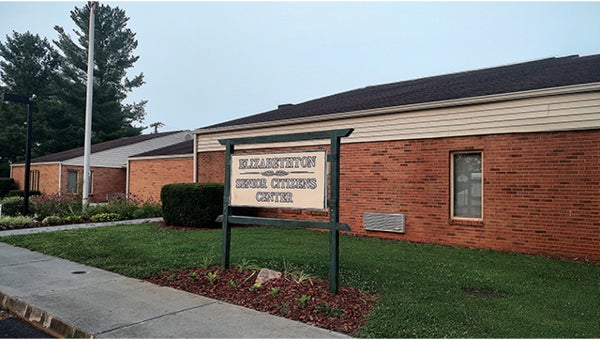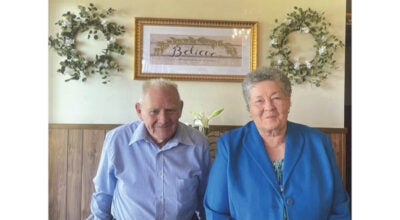Famed Tweetsie Railroad preserved in miniature
Published 9:05 am Monday, December 29, 2014
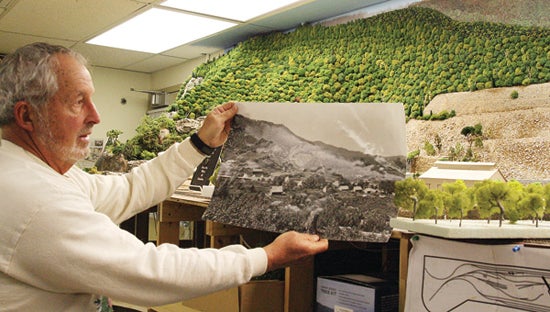
Photo by Abby Morris-Frye
Fred Alsop, director of the museum, holds up an old photograph of the mines at Cranberry, N.C., which is being used to help recreate the scene for the exhibit.
While the days of the Tweetsie railroad may be long gone, some local enthusiasts are hard at work to preserve the historic rail line in miniature form.
The George L. Carter Railroad Museum at East Tennessee State University is working to recreate the East Tennessee and Western North Carolina Railroad trek from Johnson City to the mines in Cranberry, N.C. The exhibit is under construction, but museum director Fred Alsop said the public can come and check it out as work progresses.
“A lot of people like to keep up with how it’s going,” Alsop said of some of the museum’s regular visitors.
When the museum first opened in 2007 it was contained in a single room, but since that time, the university has granted more space to the museum which made the Tweetsie project possible.
“We found this an appropriate project because the Tweetsie started in Johnson City,” Alsop said. “It was very important for a lot of mountain folks.”
Work on the Tweetsie exhibit started about two-and-a-half years ago, Alsop said, and while the scenery is not yet finished for the display the trains are operational.
“We are still working on the wiring, but it is operational,” he said. “Making all of those trees is taking a lot of time,” he added as he laughed.
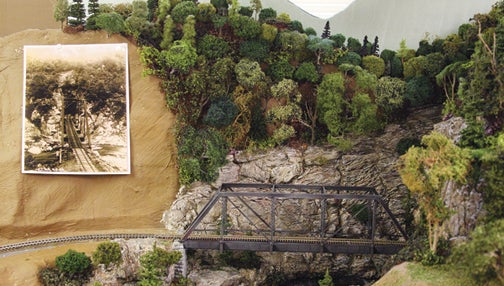
Photo by Abby Morris-Frye
An old photograph of one of the bridges along the Tweetsie line helps museum staff and volunteers recreate the bridge and scenery.
As a host of volunteers works to create the famous train line, special attention is being paid to ensure that not only is it operational but historically accurate as well. Volunteers have gathered old photographs of sections of the track, buildings along the route, bridges and landscapes to help bring the magic of the Tweetsie line to life once again.
Because the volunteers are re-creating buildings that actually existed along the railroad, there are no prefabricated kits which can be used to make the buildings or other scenery, Alsop said. Volunteers are crafting each and every building and bridge from scratch.
“They will be built according to the photographs, built to scale and built as much like the original as we can make them,” Alsop said.
The crafters are also building all of the trees, rock formations, rivers and other scenery from scratch as well. While crafting everything from scratch takes time, Alsop said it also gives a more realistic look to the scenery.
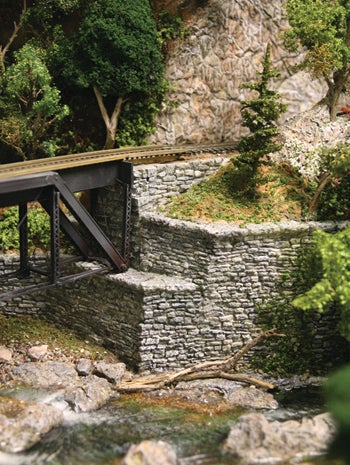
Photo by Abby Morris-Frye
The delight is in the details as museum staff and volunteers painstakingly work to recreate trees, bridges and landscapes for the Tweetsie exhibit. All of the individual pieces are created by hand before being placed in the exhibit.
In addition to preserving the historic look of the Tweetsie, the project is also helping to preserve the oral histories and some artifacts as well.
During their research on the railroad to help re-create the line, Alsop said volunteers have also collected stories from local residents relaying their personal experiences and memories of the Tweetsie. The interviews were recorded and transcribed into a collection being called “Tails of the Rails” which is being kept in ETSU’s Archives of Appalachia so it can be available to the public.
“We are going to publish some of them in a book along with some of the photographs we’ve gotten,” Alsop said.
The museum has also worked with the Storytelling Program at ETSU to help preserve the stories, Alsop said, adding the storytelling program had already turned some of the stories into a production.
The George L. Carter Railroad Museum, including the in-progress Tweetsie Exhibit, is open every Saturday, except for holidays, from 10 a.m. until 3 p.m. Admission is free, but donations are welcomed.
The museum is located on the campus of ETSU and can be identified by a flashing railroad crossing signal at the back entrance to the Campus Center Building. Visitors should enter ETSU’s campus from State of Franklin Road onto Jack Vest Drive and continue east to 176 Ross Drive, adjacent to the flashing RR crossing sign. For more information visit www.etsu.edu/railroad.



